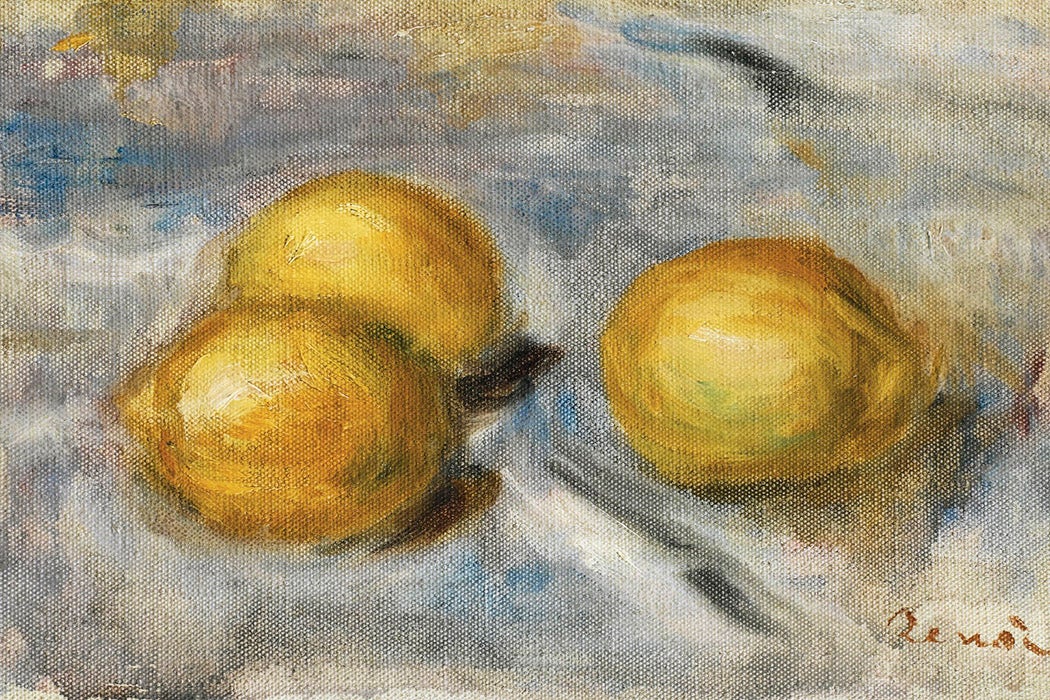Importing exotic materials—produce, dry goods, agriculture—to the imperial center is a central facet of colonialism, and, for France in the twentieth century, this extended to cultivating citrus in Algeria. As historian of science and technology Austin R. Cooper shows in a 2019 article, the citrus cultivation industry—citriculture—in colonial Algeria honed French imperial apparatuses and provided a backdrop for France to project and define various ethno-religious perceptions and prejudices of colonial subjects.
“Citrus cultivation,” Cooper writes, “enacted a nexus of scientific research, economic profit, and racial hierarchy that came to stand for colonial exploitation in Algeria.”
The French government’s development of a citriculture industry in Algeria throughout the first half of the twentieth century was so effective that by 1960, Algerian citrus—especially in the winter—was embedded in a French metropolitan lifestyle. This culture was exhibited in a film produced by France’s l’Office algérien d’action économique et touristique (OFALAC, functionally a tourism office for Algeria), which cuts between scenes of picturesque French markets flush with produce and industrious farmers and pickers in Algeria. A Parisian mother in a park feeds segments of oranges to her young daughters. “L’Algérie: pays de la qualité” (“Algeria, Country of Quality”) proclaims the title card over soaring strings soundtrack.
The film, as Cooper describes it, “integrated Algerian oranges with the rhythms and routines of middle-class life in France […] juxtaposes metropolitan leisure with colonial labor.” As much an advertisement for Algeria as France’s fruit farm as for the French government, the film also “demonstrates how the colonial government, with great effort, ha[d] made such a pleasant life possible for French consumers.”
The effort was no accident on the colonial government’s part: French scientists and surveyors had been engaged in systematically “improving” Algeria’s agricultural output for much of the early twentieth century.
“During the 1920s, just a decade prior to the remarkable spike in Algerian citrus production, the colonial government had spearheaded new irrigation projects by financing the construction of dams and reservoirs across Algeria’s northern plains,” notes Cooper. “These structures transformed water into a purchasable commodity, creating a new market to the benefit of citrus speculators.”
By 1948, French agronomist Paul Robert professed an aim to “[alter] French expectations for winter produce” to increase metropolitan citrus consumption from 8 to 12 kilograms a year within twenty-five years. Indeed, Cooper found that by the early 1960s, the average resident of metropolitan France ate 14 kilograms of oranges per year, more than 90 percent of which came from Algeria.
“For the OFALAC, citrus fruit encapsulated the promise of a French Mediterranean, where industrial modes of transportation could deliver the products of colonial development quickly across the sea,” writes Cooper.
Metropolitan France’s “demand” for citrus provided an excuse for the French government to impose various agricultural, legal, and scientific apparatuses on citriculture in Algeria to increase so-called productivity. France had justified acquiring millions of hectares of land from rural Algerian communities, “by blaming Algerian mismanagement for the productivity—as measured by French standards,” notes Cooper.
The land grabs provided an impetus for French “research scientists [to] produce new kinds of knowledge about citrus cultivation at state-run institutions” like Hamma Garden, l’Institut agricole d’Algérie, and the Arboriculture Service. These institutions and associations were established to meet “new concerns of colonial agronomy, predicated on practical applications for plant research, greater attention to cost and value, and the kinds of labor practices that commercial cultivation would require.” In particular, “at Hamma Garden, citrus research became a key avenue for ‘efforts to intensify agricultural production through science.’”
While French scientists attended to botanical and agronomical aspects to bringing Algerian citriculture to an industrial scale, a significant portion of the instruction was also dedicated to management of labor, usually members of the rural Algerian communities that French colonization had dispossessed.
“Technical manuals developed at and distributed by state institutions distinguished between French landowners and ‘native’ workers, with specific instructions for the latter’s interaction with the fruit,” observes Cooper.
Within this bias, French scientists further perpetuated stereotypes of the “reliability” of different Algerian ethnicities, particularly Berber and Arab Algerians. Robert, the French agronomist, alleged that “unreliable workers…were the product of a ‘pre-capitalist mentality,’ widespread among Arab Algerians, which led them to focus only on the ‘satisfaction of needs’ and to abandon work once having met those conditions.” Consequently, he encouraged hiring Berber Algerians where possible, alluding to the widespread Kabyle Myth that “designated…Berber Algerians as more compatible with French civilization and culture, at the expense of their Arab counterparts.” In general, however, he contended that Algerian workers “would still prefer taking time for ‘sunbathing’ to earning extra money,” and he “advocated instead for expert surveillance and enhanced discipline.”
Another French scientist, the director of the Arboriculture Service, Henri Rebour, expressed concern that Algerian workers would enact “brutal damage to the fruit” and recommended “aeration, light, and cleanliness, and perhaps above all, the sense of order … within the grove and beyond it.” He suggested building lodgings at the groves for the plantation mangers as well as for the workers to ensure the hygiene of their workers.
Weekly Newsletter
“In the new groves, like in the modern city,” Rebour wrote in his manual, “overpopulation is forbidden and the strictest hygiene is observed.” For Cooper, this demonstrates how citriculture for Rebour was “part and parcel of France’s development, sanitation, and modernization efforts in Algeria.”
Rebour “understood the botanical grove as a social and botanical laboratory” for modern French science. Like many food and agricultural histories, Cooper’s study of French growth of citriculture in Algeria illuminates the long and troubled history of now-common commodities like citrus, and the imperial politics and logic that often undergirds industrial food, medical, and agricultural production. It also offers a lens into a critical moment in Algerian history, shortly before Algerian liberation from France in 1962.







